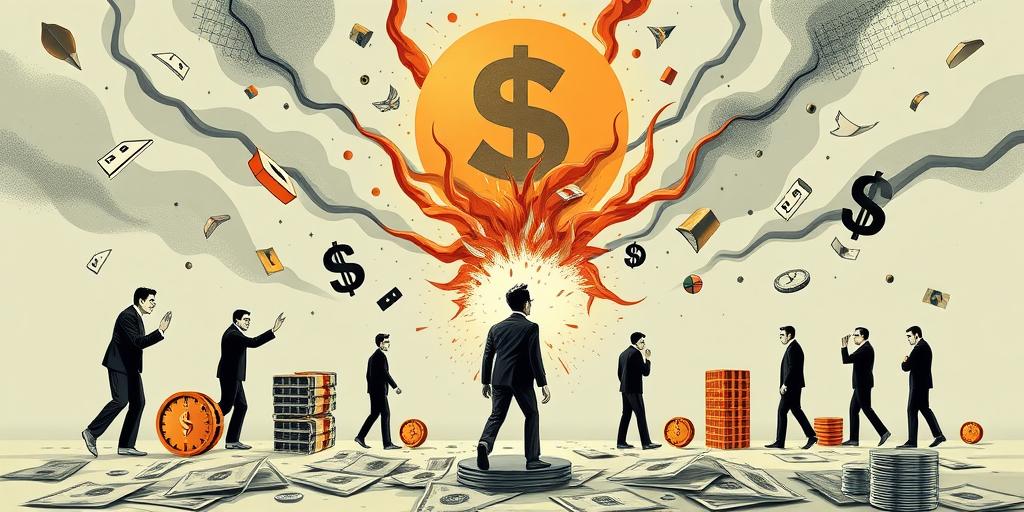The Anatomy of Greed: When Financial Ambition Turns Destructive
Financial ambition is a driving force in our society. It fuels innovation, encourages productivity, and motivates individuals to improve their lives. However, when ambition crosses the line into greed, it can lead to destructive behaviors with far-reaching consequences. This post will explore the anatomy of greed, examining its psychological roots, societal impacts, and potential remedies.
I. Understanding the Psychology of Greed
Greed is more than just a desire for wealth; it's an insatiable hunger that can never be satisfied. Several psychological factors contribute to its development:
- Scarcity Mindset: A belief that resources are limited, leading to hoarding and competition.
- Insecurity and Fear: The accumulation of wealth as a means of feeling secure and protected.
- Ego and Status: Using wealth to boost self-esteem and gain social status.
- Hedonic Adaptation: The tendency to quickly adapt to new levels of wealth, requiring ever-increasing amounts to maintain happiness.
II. The Societal Impacts of Unchecked Greed
When greed becomes pervasive, it can erode the foundations of society:
- Economic Inequality: The concentration of wealth in the hands of a few, leading to disparities in opportunity and quality of life.
- Corruption and Fraud: The temptation to engage in unethical or illegal activities to amass more wealth.
- Environmental Degradation: The exploitation of natural resources for short-term profit, without regard for long-term sustainability.
- Erosion of Trust: The breakdown of trust in institutions and individuals, as greed undermines ethical behavior.
III. Case Studies: Examples of Destructive Financial Ambition
History is filled with examples of individuals and organizations whose unchecked greed led to devastating consequences:
- Enron: The energy company's fraudulent accounting practices, driven by a desire to maintain high stock prices, resulted in billions of dollars in losses for investors and employees.
- The 2008 Financial Crisis: Fueled by greed and deregulation, the subprime mortgage crisis led to a global recession, causing widespread economic hardship.
- Ponzi Schemes: Charles Ponzi's original scheme and its many imitators demonstrate how the promise of quick riches can lure unsuspecting investors into financial ruin.
IV. Mitigating the Destructive Potential of Financial Ambition
While financial ambition can be a positive force, it's essential to implement safeguards to prevent it from turning destructive:
- Ethical Education: Promoting ethical decision-making in business and finance.
- Strong Regulatory Frameworks: Implementing and enforcing regulations to prevent fraud and corruption.
- Promoting a Culture of Social Responsibility: Encouraging businesses to prioritize social and environmental responsibility over short-term profits.
- Fostering Financial Literacy: Empowering individuals to make informed financial decisions and avoid being victims of greed-driven schemes.
V. Conclusion
Financial ambition is a double-edged sword. When tempered with ethics, regulation, and a sense of social responsibility, it can drive progress and create opportunities. However, when it devolves into unchecked greed, it can lead to economic inequality, corruption, and environmental degradation. By understanding the anatomy of greed and implementing appropriate safeguards, we can harness the positive potential of financial ambition while mitigating its destructive consequences.









